
I’ve talked before about how much I adore sleep. And for good reason too — sleep is a great way to support your immune system as well as so many other systems that need down time to restore and function properly.
But in our fast paced society, sleep can sometimes be a tricky thing. More of us are sleeping less and not getting quality sleep on a regular basis. It’s not the one random night of poor sleep that affects our health, but it’s the constant, night after night, poor sleep that really begins to take a toll on our bodies and systems.
Harvard studies on sleep tell us that the cost of poor sleep is much greater than many people think and it eventually leads to increased risk of chronic disease.
So often we treat sleep as a luxury, but really it needs to be a priority for our health in preventing a number of chronic medical conditions. In fact, a more recent study shows that the more deeply we sleep, the more our brains efficiently gets rid of waste and toxic proteins. So how do we get a good night of deep, uninterrupted sleep?
There are honestly SO many things you can try in order to improve your sleep length and quality, but when it boils down to the basics, the concept of improving sleep is simple. Even as we age and our sleep gets generally lighter and the quality isn’t as good as it once was, there are ways to promote a healthy sleep environment.
It all boils down to having a sleep environment conducive to sleep. This means a room that’s dark, free of electronics, cool, dry and quiet. These are the first steps to making sure your environment is promoting sleep. The next steps are reducing toxins that interfere with the quality and length of our sleep at night.
Another part of this is having our bed and pillows be as toxin free as possible. Our body and brain view chemicals as a stressor, which causes the body to produce cortisol, which inhibits sleep and disrupts once-healthy sleep patterns.
Not only the fact that it actually disrupts our sleep, but toxins found in pillows, bedding and mattresses also disrupts our hormones, brain development, airways and other systems. With the constant contact of these toxins, our body doesn’t get any sort of rest from them, causing body burden, which affects many other systems of our body such as skin, nerves and the lymphatic system.
Specifically, I want to address pillows as an easy swap out for your bed. A mattress can be a really big purchase, and so we don’t jump to replace it often. But pillows, pillows can be replaced quite easily and inexpensively, and is a great place to start in reducing toxins in your bedroom.

GREENWASHING
First, let’s talk about greenwashing. If you don’t know what exactly greenwashing is, basically, it’s products using terms like “green” and “organic” or “natural” on their packaging, but it’s not 100% true. A pillow may say organic, but it may only refer to the casing of the pillow. It may say natural, but it only refers to a part of the inside, not the pillow in its entirety.
Grabbing something because it either is made to look like a healthy choice, or because it says something like “eco-friendly” isn’t the best way to make a purchase. A lot of these terms aren’t regulated by the FTC and anyone can put whatever they want on packaging.
Instead, look for third party certifications or do research before you buy. This way you can avoid being a victim of the greenwashing epidemic.
WHAT TO LOOK FOR
Organic Fibers: Cotton, Wool, Buckwheat, Natural Latex, and Kapok. These are all great materials to hunt for when searching for a pillow.
Cotton: Natural cotton is breathable and naturally resistant to bacteria. 100% organic cotton is grown and harvested without any sort of chemicals or pesticides. Great for anyone who wants a soft pillow
Wool: Naturally an insulator, it is also fire and water resistant and naturally combats mold and mildew. Another benefit? Dustmites don’t care for this stuff.
Buckwheat: Made of buckweat hulls, this is a great option for allergy sufferers. The way the hulls lay, it is a really breathable option for a cool, dry pillow.
Natural Latex: Natural latex is made from rubber trees and is good for a pillow that keeps its form. It has a bit of bounce too it, but is also 100% biodegradable.
Kapok: Derived from a tropical tree, he soft fiber called “silk cotton” makes a great alternative to down or polyester pillow fill.
Third Party Certification: Third party certifications are like your BEST friends when it comes to shopping without having done a lot of research. The GOTS (Global Organic Textile Standard) is one of the better certifications to look for. It ensures that the material and process for manufacturing are all in order.
The best certification to look for is the GOLS (Global Organic Latex Standard) if you’re purchasing a shredded latex pillow.
There is also the Oeko Tex Standard, which tests the materials used in a product for hazardous chemicals. They test the product at various stages of production to ensure the health and safety of the finished product.
GreenGuard is another certification that checks for VOCs, formaldehyde and other chemicals in the product. The GreenGuard Gold Certification is even better as it is more strict with the levels of chemicals allowed in the finished product.
Breathability: A pillow that is breathable means that it also won’t hold on to excess moisture or maintain a particular temperature. Breathability keeps your pillow not only feeling great, but it also prevents dust mites and mold spores from making their way into your sleeping area.

WHAT TO AVOID
Flame Retardants: Flame retardants (or PBDEs) are in polyurethane foam used in pillows. This chemical added to pillows are not only completely unnecessary this day in age, but they cause a lot of problems when we’re laying on them all night. Problems with thyroid and brain development in children are just a few examples. (STUDY)
Formaldehyde: Formaldehyde is a preservative and also used to keep fabrics smooth and wrinkle free. It’s added to many foam pillows and foam cushions. The problem with formaldehyde is that it is also a known carcinogen to humans. And again, we are sleeping on this and spending long amounts of time in contact with formaldehyde. (STUDY)
Deodorizers & Scents: Let’s be honest, anything that isn’t an organic or natural scent we should probably be avoiding. Most of the time deodorizers and scents that are added to anything are there to cover up a chemical smell from other components that are toxic. Opt for something that doesn’t have any sort of scent added or that claims to remove or prevent scents.
VOCs: Volatile Organic Compounds off-gas for the lifetime of the item they are in. VOCs that are in a warm and humid environment also off-gas at a much higher rate in comparison to a cool, dry environment. Thinking for a second about your bed, you can see that this is an environment that encourages high rates of off-gassing.
Pesticides: All materials that are farmed or grown have the potential for pesticide use. Pesticide residue can remain on any sort of natural material, especially cotton. This post will help you understand the dangers of what pesticides are doing to your body.
Polyester: Polyester is a made up from plastic toxins and petroleum. While both of these are toxic in nature as they are, Polyester actually off gasses harmful chemicals as it’s breaking down as well.

TOP PILLOW PICKS
Rawganique Organic Pillow (cotton, hemp, buckwheat, kapok and natural rubber)
Organic Toddler Pillows
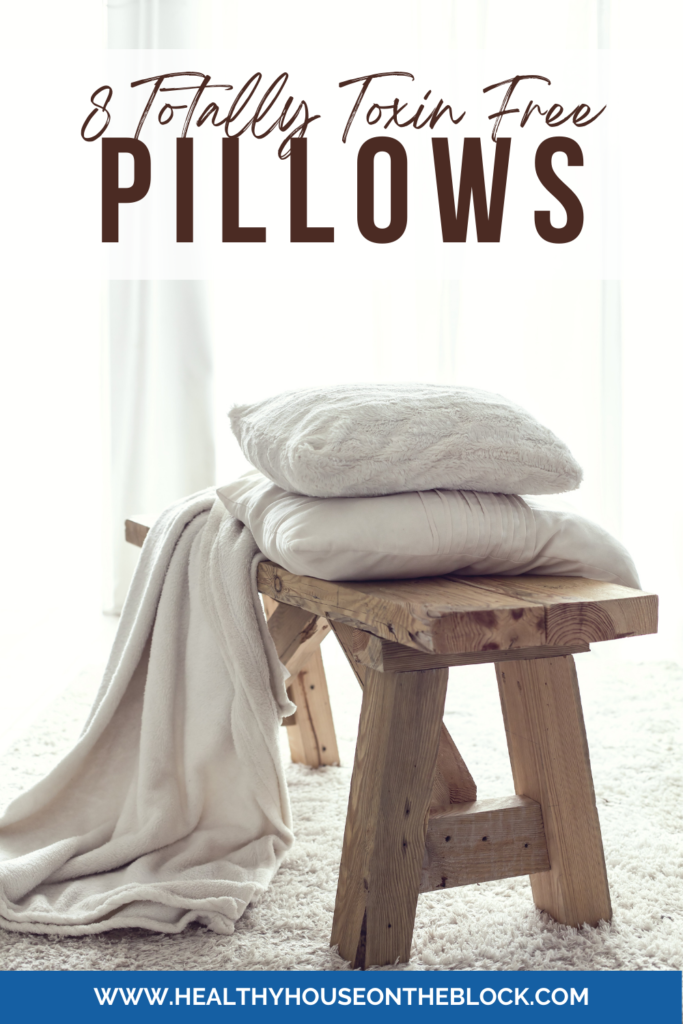
Pillow Casement
Dust and fibers from your pillow can spread around home if they are not encased with a cotton fabric. If you’re not going to be replacing your pillow, you can at least purchase a toxin free case for the pillow that can not only prevent dust mites and mold spores from forming, but it can also add a barrier between your body and the pillow. In addition to this, it can also help prevent dust from pillow foam from making its way into your home.
Naturepedic Organic Cotton waterproof Pillow protector for kids pillows

Share this:
- Click to share on Facebook (Opens in new window) Facebook
- Click to share on LinkedIn (Opens in new window) LinkedIn
- Click to share on Reddit (Opens in new window) Reddit
- Click to share on Pinterest (Opens in new window) Pinterest
- Click to print (Opens in new window) Print
- Click to share on X (Opens in new window) X


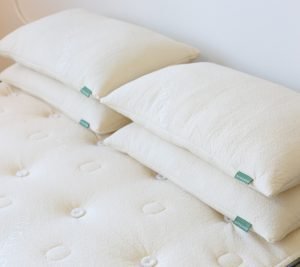

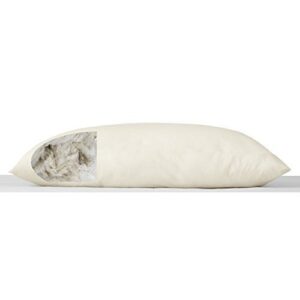
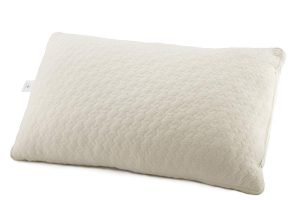


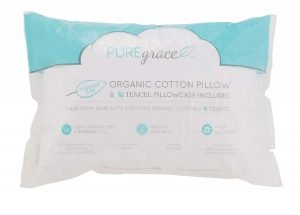
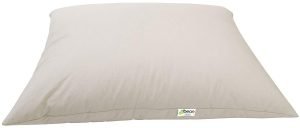


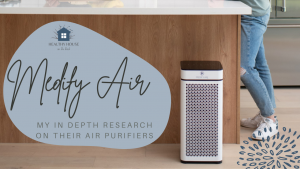
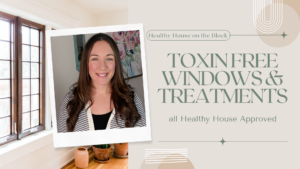
Pingback: Natural and Organic Bedding Guide - Healthy House on the Block
Pingback: Bedroom Ideas that will Lower Toxins and Benefit Your Sleep - Healthy House on the Block
Pingback: How to Decorate With Beautiful But Toxin Free Items